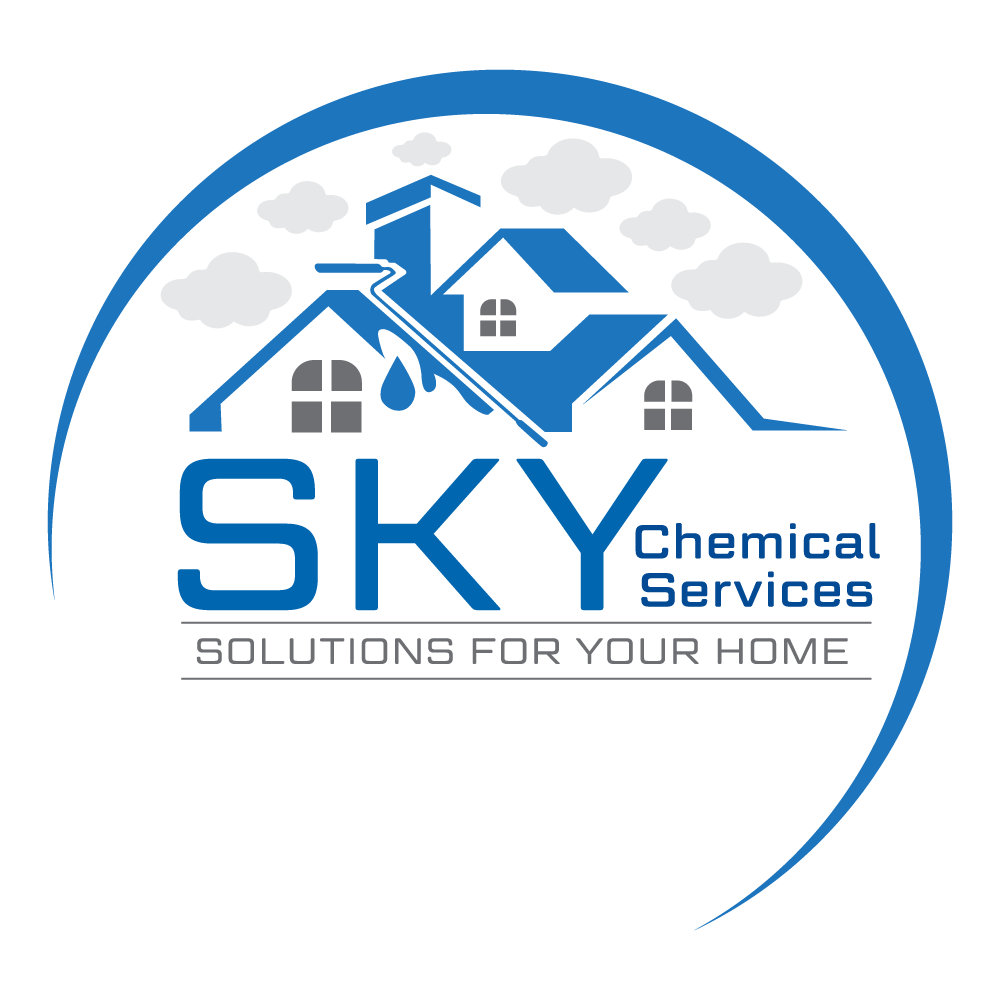
Fumigation is a regulated process that requires strict adherence to safety guidelines and procedures. To control pests, different chemicals (formaldehyde, hydrogen peroxide vapor, methyl bromide, etc.) are used, most of which are risky and noxious to humans and plants. Consequently, fumigation companies obtain special permits to manage the process in a safe and secure manner.
Fumigation Concerns
Most people align the eradication of pests (fumigation) with potential health issues, including headaches, dizziness, and nausea. It is true, to a certain extent, because of the fumigation gas. However, if the process is carried out with safety protocols, the risk of exposure to the fumes is minimized. For example, warning signs are placed around the infested area to prohibit commoners and residents to enter. Once the process is complete, the pesticide is aerated away from the building.
‘Fumigation affects the personal belongings of an individual’. This problem is stated by millions of commoners who have experienced the process. To mitigate the risk of damage to personal belongings, it is important to work with a reputable firm like Sky Chemical Services.
Homeowners should take their time to organize their belongings, food items, plants, and other materials. In addition, they should check the gas lines and appliances before the experts step in. Additionally, any cracks or openings in the structure should be sealed to prevent gas wastage.
What is Fumigation Gas?
Fumigation gas is a mixture of chemical vapors used to eliminate pests, such as insects, rodents, or fungi. Its effectiveness depends on the quantity of pests and their resistance. In other words, it can disrupt the biological process of pests and kill them immediately.
Different Types of Fumigation Gases
Fumigation gases include methyl bromide, sulfuryl fluoride, phosphine, and chloropicrin. Each chemical has its own properties and toxic effects. Fumigation gases can be hazardous to human health and the environment. Therefore, it’s essential for users to adhere to safety protocols and PPEs before commencing a project.
Following are some key attributes of fumigation gases:
-
Methyl Bromide
- Chemical Formula: CH3Br
- It is a halogenated hydrocarbon compound containing bromine.
- Methyl bromide breaks down in the atmosphere and depletes the ozone layer.
- It is highly toxic and poses risks to human health and the environment.
- Methyl bromide is a colorless gas with a slightly sweet odor.
-
Sulfuryl Fluoride
- Chemical Formula: SO2F2
- It is an inorganic compound containing sulfur, oxygen, and fluorine.
- Sulfuryl fluoride is considered a greenhouse gas but has a lower ozone depletion potential
than methyl bromide.
- It is less toxic to humans than methyl bromide but still requires proper handling and safety
precautions.
- Sulfuryl fluoride is a colorless gas with a slightly sweet odor.
-
Fumigation Services In Karachi
Fumigation services in Karachi provide an effective solution for eliminating pests and protecting your home or business from infestations. Whether you’re dealing with termites, rodents, or other harmful pests, professional fumigation ensures thorough treatment with minimal disruption. Expert fumigation services use safe, eco-friendly chemicals to target pests in hard-to-reach areas, safeguarding your property and health. With experienced technicians and proven methods, these services offer long-term pest control solutions to maintain a clean, pest-free environment in Karachi.
-
Phosphine
- Chemical Formula: PH3
- It is an inorganic compound containing phosphorus and hydrogen.
- Phosphine is highly toxic to pests, but it can be flammable and poses health risks to humans if
- not handled properly.
- It is typically produced by the reaction of a metal phosphide with water or moisture.
- Phosphine is a colorless gas with a characteristic odor resembling garlic or rotten fish.
-
Conclusion
- Fumigation services in karachi is a safe and effective way to eradicate pests from closed structures: Sky Chemical Services use non-toxic gases for fumigation, an ideal approach for kitchens and storage rooms. Our experts can exterminate vermins of different kinds, including termites, bed bugs, and cockroaches.
